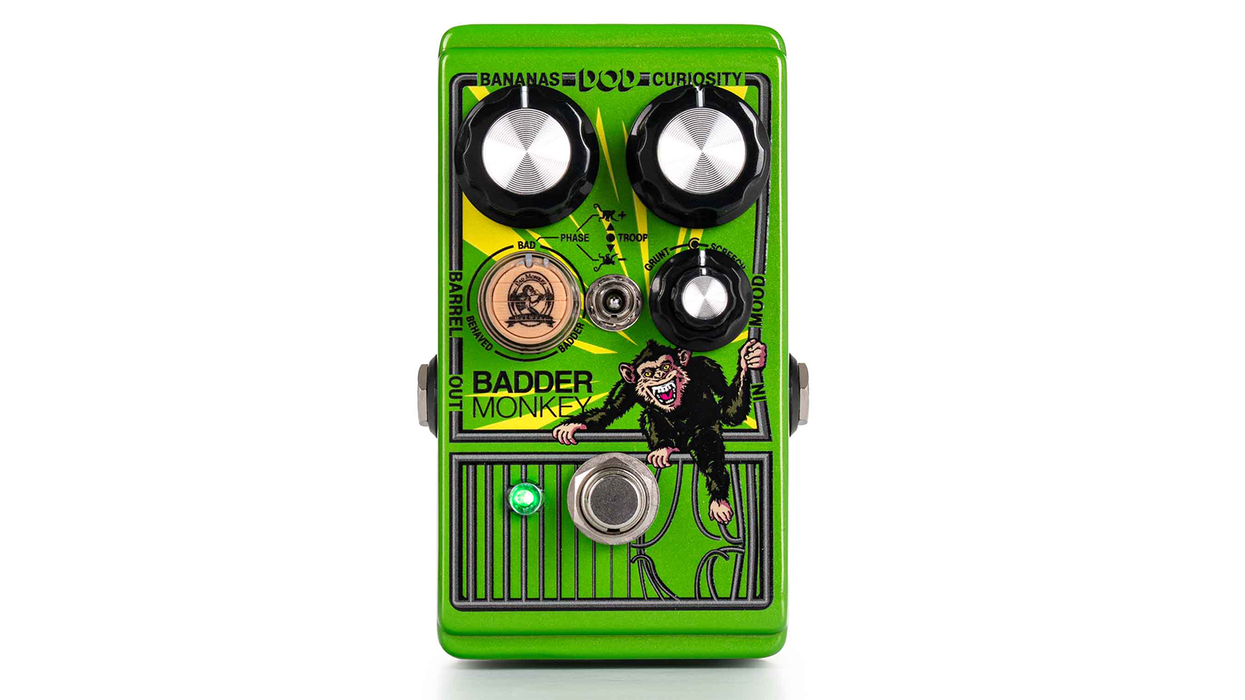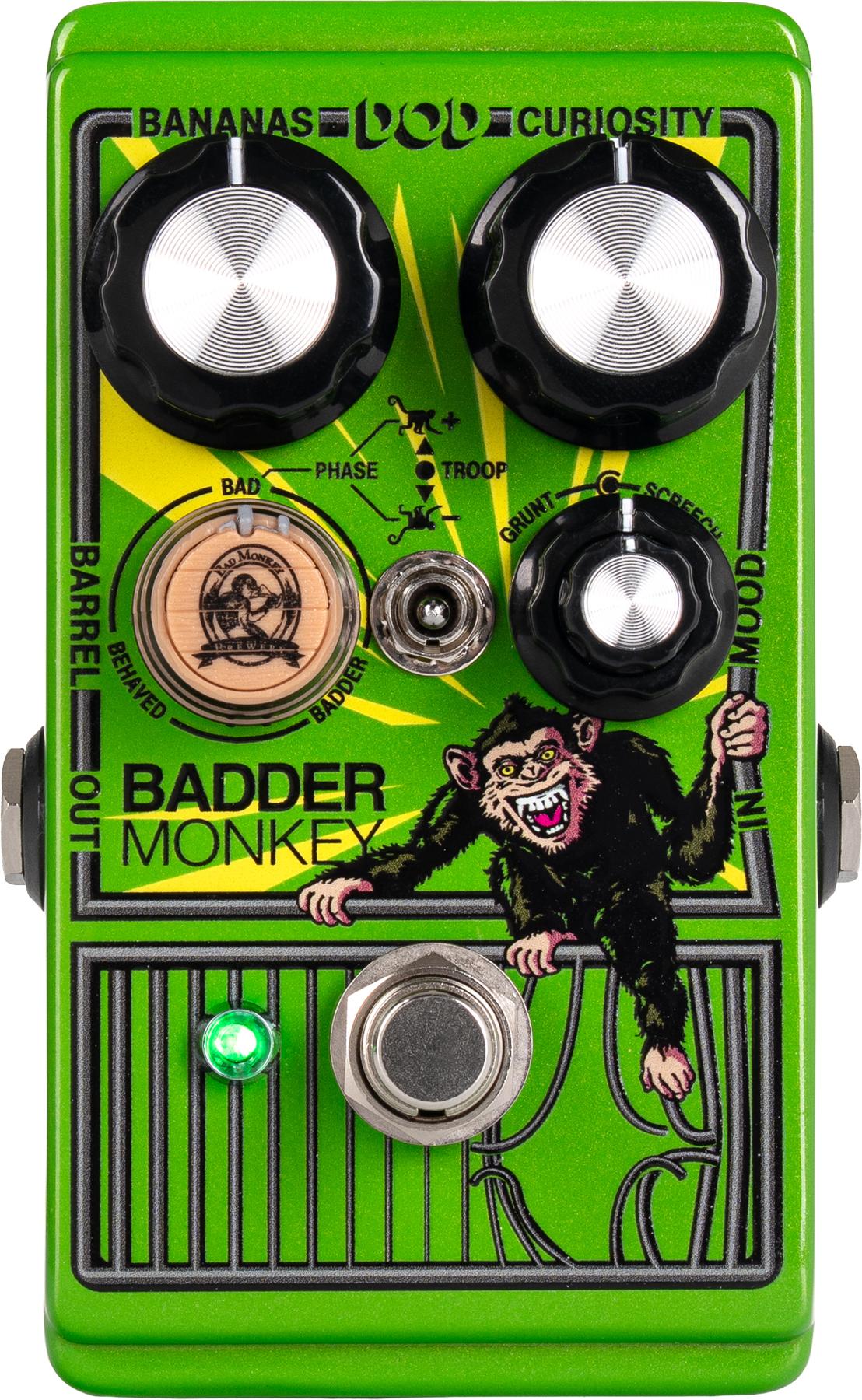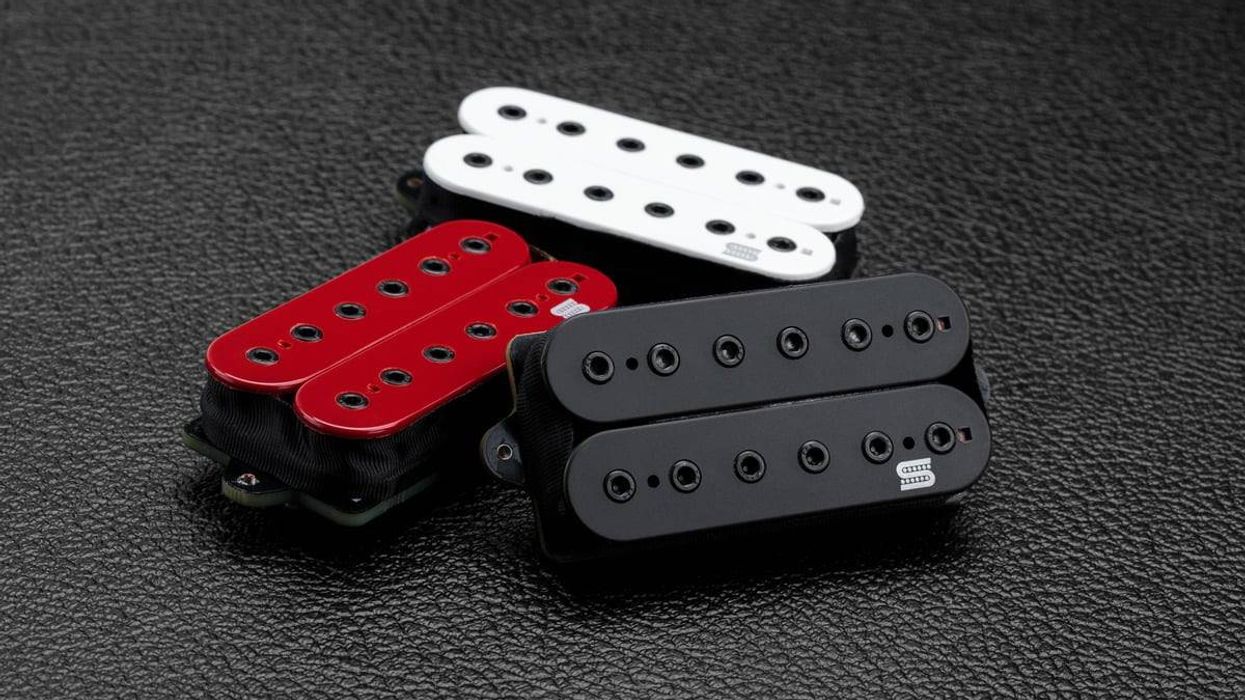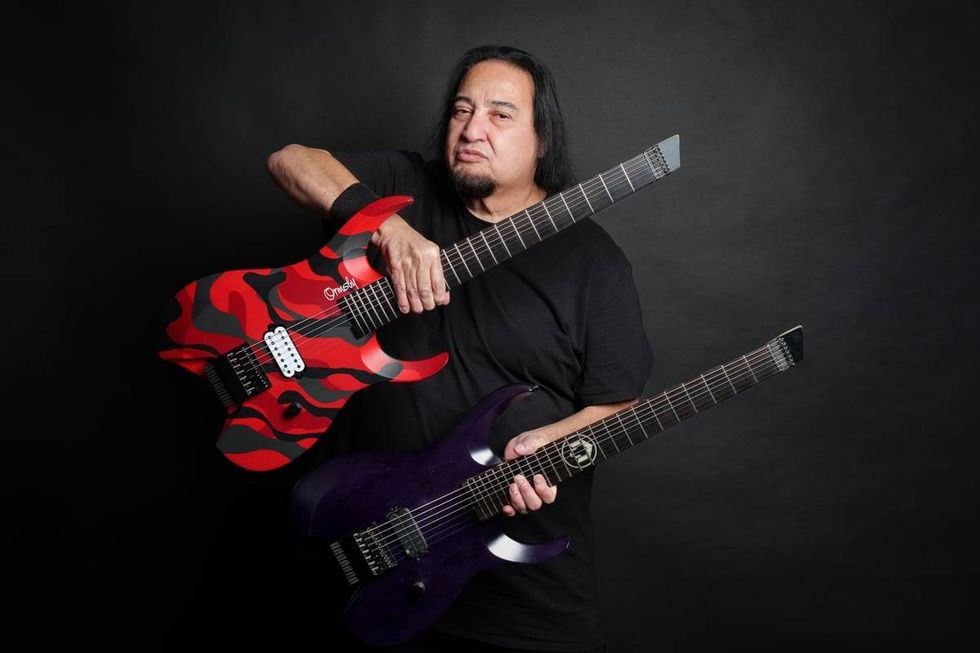Today’s Hardball topic deals with the vintage guitar market from a different point of view: the ever-so-slanted perspective of the jazz guitarist. We are all aware of the ongoing vintage market feeding-frenzy over ‘50s and ‘60s Les Pauls, SGs, Teles, and Strats. A mint and all-original ‘59 Burst will easily command staggering sixfigure prices, but what is going on with the archtop family, such as the Gibson artist signature models of the ‘60s, old Guild archtops, Epiphones, D’Angelicos, D’Aquistos, and Gretsch archtops made famous in early big bands?
Most of the vintage archtops are steadily increasing in value over time, although for many it is a slow, tortuous journey (i.e. many of the pre-Gibson Epiphone models and some Guilds). No one can deny that in the vintage archtop guitar market – for sheer resale desirability, for volume of re-sales, and for investment security – Gibson reigns supreme. All the others struggle for distant second and third places. Late ‘50s and early ‘60s Gibson archtop models are highly valued in the vintage guitar market: a PAF-loaded, blond L-5 can command $20,000. That’s a tidy sum of wampum … until you compare it to a Les Paul Burst of the same vintage, which can draw 15 times that figure!
A 1924 Lloyd Loar Gibson L-5 – the flagship model that started the whole evolution towards electric and, hence, solidbody guitars – might bring a paltry $35,000 dollars. Shouldn’t jazz players everywhere be insulted by this? After all, compared to a Les Paul, a ‘59 L-5 has more expensive materials, takes hundreds of hours more to make, and in many ways is an acoustical musical instrument intended for a music master. What accounts for this market discrepancy?
The answers are in some ways painful: first, many collectors/investors, who drive up prices, may not know very much about music in general or about pop music history in the U.S; second, our pop culture has a huge role in determining which guitars are the most valuable. Consider for a moment the small percentage of the population that listens to or plays jazz (music associated with the archtop). Then consider how many solidbody guitars there are on any college campus, where the majority of students are familiar with all the classic-rock stars. The Les Paul wins out over the L-5, not because it is a better musical instrument, but because at this time in our history, the popular genre of music is rock, and the Les Paul has had a central role in rock music.
Historically speaking, isn’t it totally arbitrary to say that a ‘59 Les Paul has a more important role in art-music in the U.S., and is hence a more highly-prized collector’s piece, than a 1939 Charlie Christian model ES-150? Think for a moment about the role of that Charlie Christian guitar – it is the model that, for the first time in history, drove the electric guitar into the spotlight and made concrete the role of the electric guitar playing single line solos! Yet, a mint condition ES-150 of that era (late ‘30s/early ‘40s) struggles and gasps to even reach a humbling $4,000.
Jump Swing music of the late ‘40s was the crossover point that marked the end of the popular big band and the start of small electric combos, paving the way for rock ‘n roll. It was this direction change in pop music in the U.S. that has the most to do with the guitar/market value system, which now overvalues certain rock-associated instruments, and undervalues certain jazz-associated instruments. The majority of people in the U.S. are somewhat familiar with our recent (back to the ‘50s) music history, and are very unfamiliar with what occurred before that time. Most people in this country are familiar with Jimmy Page and not Charlie Christian; therefore, they identify more with the Les Paul model. As common sense suggests, any collectible piece brings more (and thus higher) bids if there are more people knowledgeable about and interested in the item.
That was going the long way around the barn to say that archtops are going up in value at a slow but steady ascent, while some overinflated solidbodies are quickly ascending, for various reasons. This raises an equally important question: is enough being done to promote, celebrate, and perform the various musical styles that are important parts of our American heritage, especially jazz, one of America’s original art forms? The dollar value placed on old archtops – as compared to that placed on old solidbodies – would seem to answer a resounding “no!”
It would be interesting to know what trends in pop music will unfold in the next fifty, the next hundred years, and what effects those trends will have on the value of “jazz” versus “rock” instruments. Will the place of the Burst diminish over time as our musical interests shift to other trends and styles, and as the Baby- Boomers die off? We can be certain that the market bias will continually evolve – and seriously affect prices – when it comes to musical instruments.
Jim Bastian
A clinician and jazz educator, Jim Bastian is a 10 year veteran of teaching guitar in higher education. Jim holds two masters degrees and has published 6 jazz studies texts, including the best-selling How to Play Chordal Bebop Lines, for Guitar (available from Jamey Aebersold). He actively performs on both guitar and bass on the East Coast. An avid collector and trader in the vintage market, you can visit Jim’s store at premierguitar. (dealer: IslandFunhouse).






![Rig Rundown: Russian Circles’ Mike Sullivan [2025]](https://www.premierguitar.com/media-library/youtube.jpg?id=62303631&width=1245&height=700&quality=70&coordinates=0%2C0%2C0%2C0)

















